What differentiates a Payment Aggregator
from a Payment Gateway?
Chaitali Bhatia | Director – Marketing Ezetap Mobile Solutions Pvt. Ltd.
Dec 19, 2019
What differentiates a Payment Aggregator from a Payment Gateway?
If you are in the process of taking a business live, then chances are that you’re trying to figure out the best way to set up a method for your online transactions (for your website) and offline transactions (at the customers' doorstep or at your branch). In this process, you’ve most likely come across the terms “payment gateways” and “payment aggregators”, and you may not be sure as to which one to approach. Don’t worry, you’re about to get clarity.
In this article, we outline what differentiates a payment aggregator from a payment gateway, so that you can confidently choose the one that best suits your needs.
Payment Gateway
Simply put, a payment gateway is a software service that allows e-commerce businesses to process transactions on their website/ app. They allow payment acceptance via credit/debit cards, net-banking, e-wallets and UPI.
Payment Aggregator
A payment aggregator (a.k.a. merchant aggregator) is a service provider that aggregates and provides various payment acceptance services to merchants. On that account, one major difference between a gateway and an aggregator is while a gateway is for e-commerce websites/ apps, an aggregator digitises online and/or offline payment touchpoints.
A payment aggregator facilitates any transaction including recording of cash and cheque as well as digital payment modes across all online (website, app) or offline touchpoints (at the billing counter, anywhere in-store, kiosk, in-field and remote SMS-based payments). It enables merchants to accept all payment modes, without having to set up separate accounts with banks or with each payment service providers or card companies. Essentially, a payment aggregator takes the heavy load of integrating with all payment providers in order to provide a single solution for all payment acceptance. By using the services of a payment aggregator, you can achieve all forms of payment acceptance i.e. credit/debit card, QR codes, UPI, Aadhaar Pay, net banking, e-wallets, bank transfers, SMS payments, as well as cash and cheque under one interface.
The Difference Between Payment Aggregator vs Payment Gateway
The two payment solutions differ on various grounds as explained below:
| Parameter | Payment Gateway | Payment Aggregator |
|---|
| Role | Intermediary | Interface |
| Touchpoints Digitized | Online touch points including Website/ App | Online and/ or offline touch-points |
| Payment Options | Restricted | Multiple |
| Integrated Solution | Yes | Yes |
| Payment Success Rate (PSR) | As much as the payment gateway can manage | Significantly higher payment success rate |
| Ownership | Owned by public and private banks, merchants, vendors, and payment aggregators | Owned by Fintech players |
| Permissions | RBI authorisation under the Payment and Settlement Systems Act, 2007 (PSSA) | Payment aggregator requires the requisite certification as per the Payment Card Industry Data Security Standard (PCI-DSS) |
Lets go deeper to explain some subtle differences in detail:
Role/Function
- A payment gateway acts as a transaction intermediary between merchants and customers for the payment of goods/services being purchased online.
- A payment aggregator is a further layer of an interface that allows any kind of transaction across online and /or offline touchpoints.
How They Work
- An online payment gateway has an interface that handles payment transaction data at the front end. At the back end, it works with a bank for the issuing of merchant accounts. Thus, in the case of payment gateways, authorising banks are compelled to organise the underwriting and fund transfer process for multiple merchants willing to open accounts to process payments.
- Payment aggregators have the capability to go through the underwriting process of the acquiring bank, and process payments using either the same Merchant Identification Number (MID) or different MIDs.
Payment Options
- In India, a payment gateway permits merchants to use few and restricted payment options hosted on the website/application.
- A payment aggregator offers multiple payment options including UPI, net banking, debit/credit cards, e-wallets, biometric-enabled transactions, SMS-based, QR codes, cash and cheque.
We, at Ezetap, as a payment aggregator offer end to end technology for payment solutions. Our solutions are specially designed and developed to accept any mode of payment, anywhere, from any device, with any banking partner. We have a Universal Payments Platform, which is future-proofed to accept payment methods that are likely to come in the future.
Give us a call at 1800 313 141516 or mail us at sales@ezetap.com to know more about our Payment Acceptance services.

Rini Sinha | Senior Manager - Products - Ezetap Mobile Solutions Pvt. Ltd.
Read More
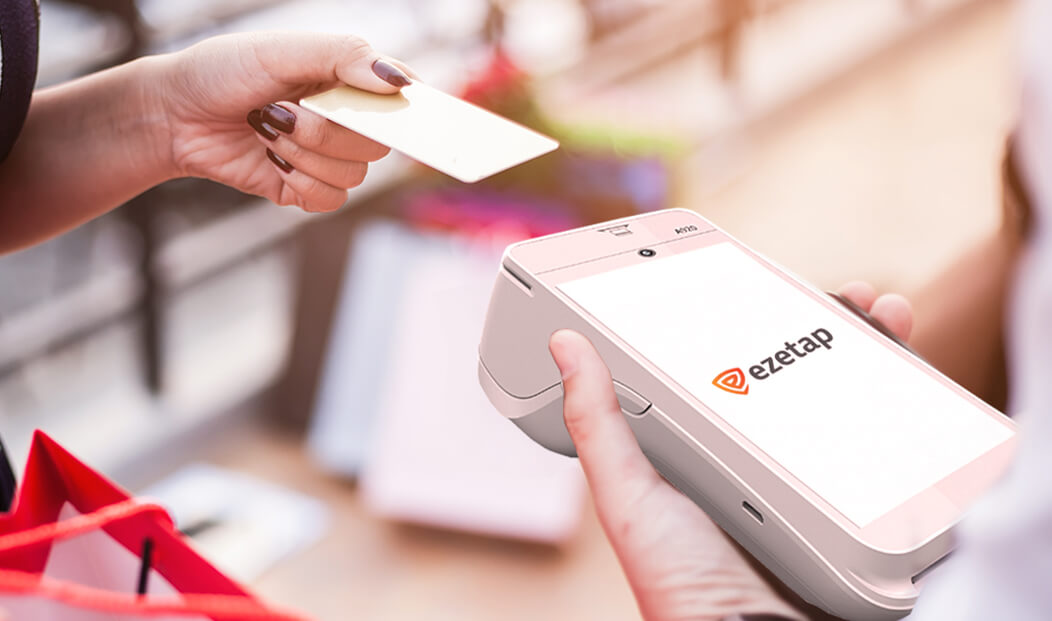
Chaitali Bhatia | Director – Marketing Ezetap Mobile Solutions Pvt. Ltd.
Read More

Chankey Agarwal | Senior Manager - Solution Consulting
Read More

Anurag Rastogi | Manager - Marketing Ezetap Mobile Solutions Pvt. Ltd.
Read More

Anurag Rastogi | Manager - Marketing Ezetap Mobile Solutions Pvt. Ltd.
Read More

Anurag Rastogi | Manager - Marketing Ezetap Mobile Solutions Pvt. Ltd.
Read More

Chaitali Bhatia | Director – Marketing Ezetap Mobile Solutions Pvt. Ltd.
Read More
_(1).jpg)
Anurag Rastogi | Manager - Marketing Ezetap Mobile Solutions Pvt. Ltd.
Read More

Chaitali Bhatia | Director – Marketing Ezetap Mobile Solutions Pvt. Ltd.
Read More

Ketan Mehta | Director - Enterprise Sales
Read More

Anurag Rastogi | Manager - Marketing Ezetap Mobile Solutions Pvt. Ltd.
Read More

Chaitali Bhatia | Director – Marketing Ezetap Mobile Solutions Pvt. Ltd.
Read More
.png)
Chaitali Bhatia | Director – Marketing Ezetap Mobile Solutions Pvt. Ltd.
Read More
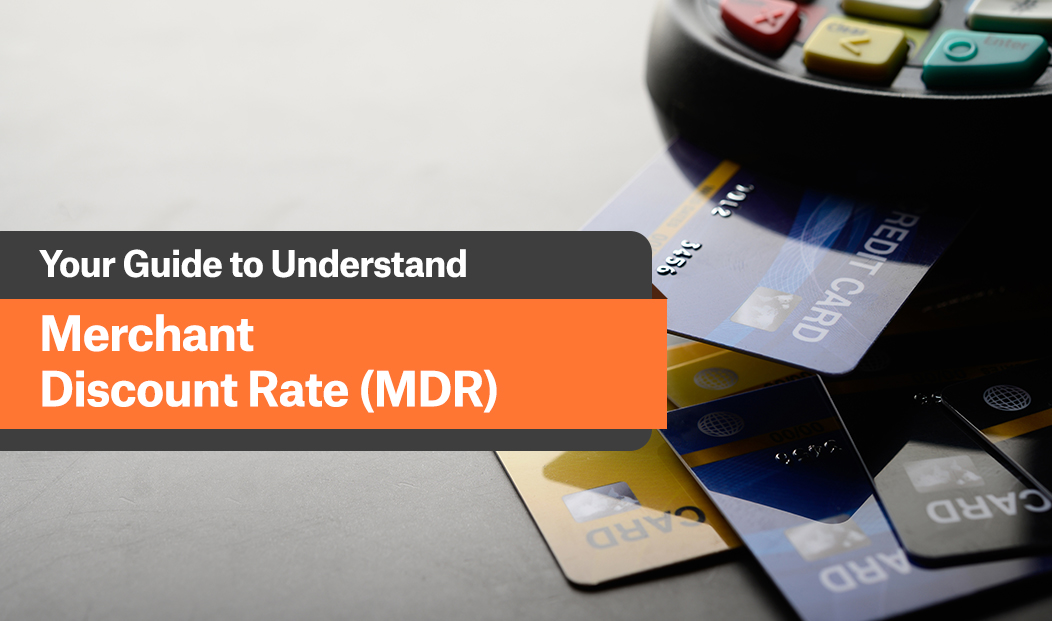
Chaitali Bhatia | Director – Marketing Ezetap Mobile Solutions Pvt. Ltd.
Read More

Vineet Suneja | Chief Revenue Officer
Read More
.png)
Prasana Kumar Parthasarathy | Director, Customer Solutions, Ezetap by Razorpay
Read More

Chaitali Bhatia | Director – Marketing Ezetap Mobile Solutions Pvt. Ltd.
Read More

Chaitali Bhatia | Director – Marketing Ezetap Mobile Solutions Pvt. Ltd.
Read More

Chaitali Bhatia | Director – Marketing Ezetap Mobile Solutions Pvt. Ltd.
Read More

Chaitali Bhatia | Director – Marketing Ezetap Mobile Solutions Pvt. Ltd.
Read More

Rini Sinha | Senior Manager - Products - Ezetap Mobile Solutions Pvt. Ltd.
Read More

T. Venkata Chalapathi | Principal Architect, Ezetap Mobile Solutions Pvt. Ltd.
Read More

Prasanna Rao | Director of Marketing, Ezetap Mobile Solutions Pvt. Ltd.
Read More

Prasanna Rao | Director of Marketing, Ezetap Mobile Solutions Pvt. Ltd.
Read More
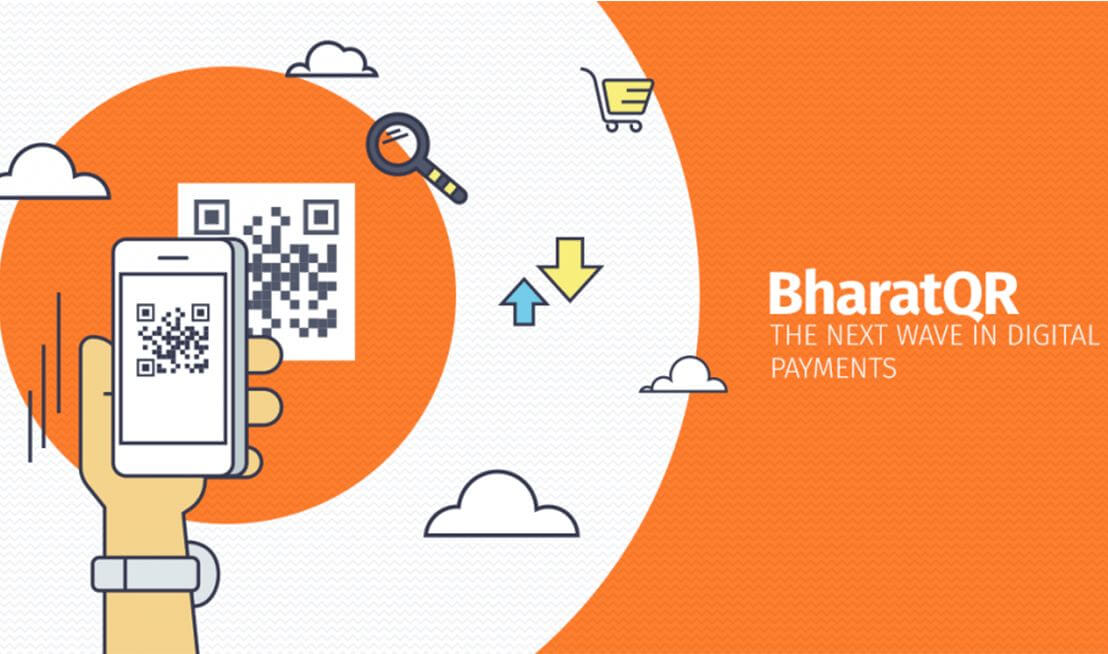
Bhaktha Keshavachar | Co-Founder & CTO, Ezetap Mobile Solutions Pvt. Ltd.
Read More
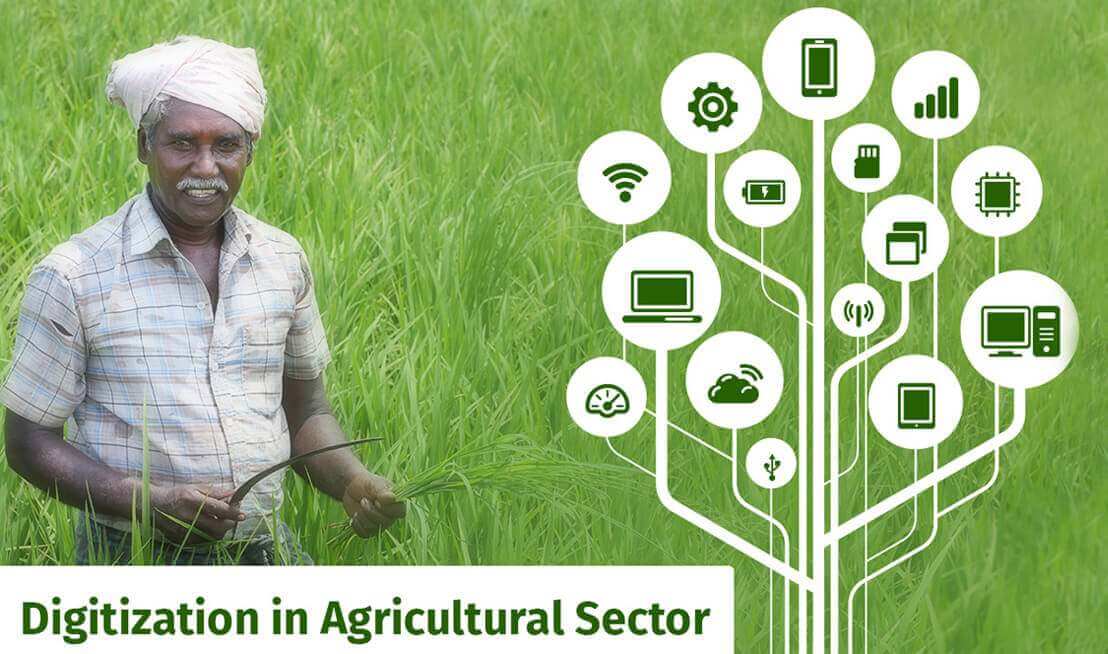
Sanjeeb Kalita | Chief Revenue Officer, Ezetap Mobile Solutions Pvt. Ltd.
Read More

Shirish Andhare | SVP – Product, Ezetap Mobile Solutions Pvt. Ltd.
Read More

T. Venkata Chalapathi | Principal Architect, Ezetap Mobile Solutions Pvt. Ltd.
Read More

Sanjeeb Kalita | Chief Revenue Officer, Ezetap Mobile Solutions Pvt. Ltd.
Read More

Abhijit Bose | CEO & Co-Founder, Ezetap Mobile Solutions Pvt. Ltd.
Read More

Amandeep Singh Bhan | Vice President – Enterprise Sales
Read More
.jpg)
Chaitali Bhatia | Director – Marketing Ezetap Mobile Solutions Pvt. Ltd.
Read More
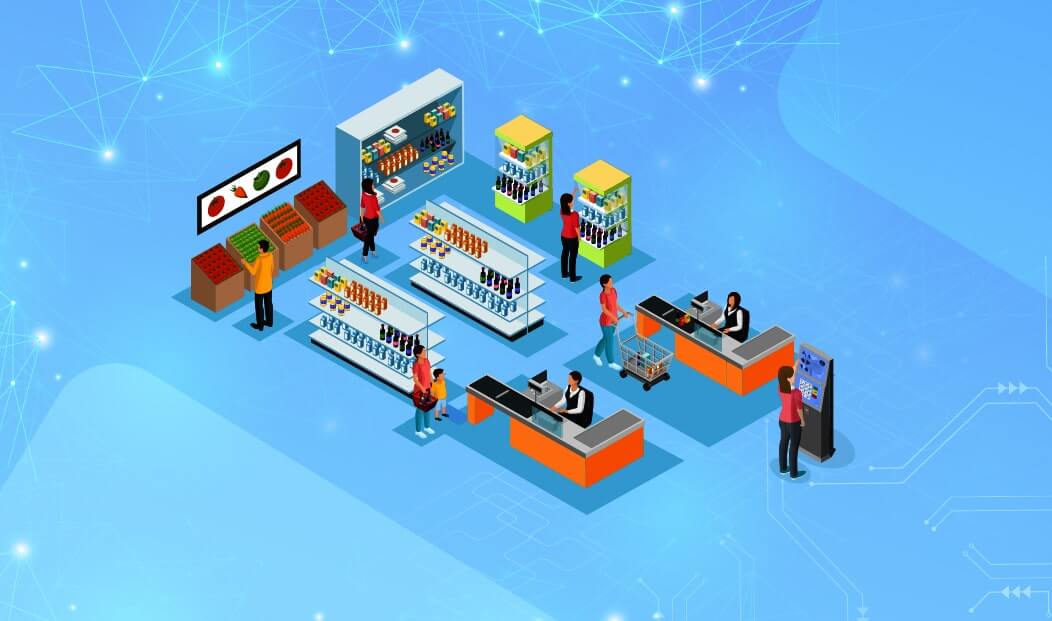
Chaitali Bhatia | Director – Marketing Ezetap Mobile Solutions Pvt. Ltd.
Read More
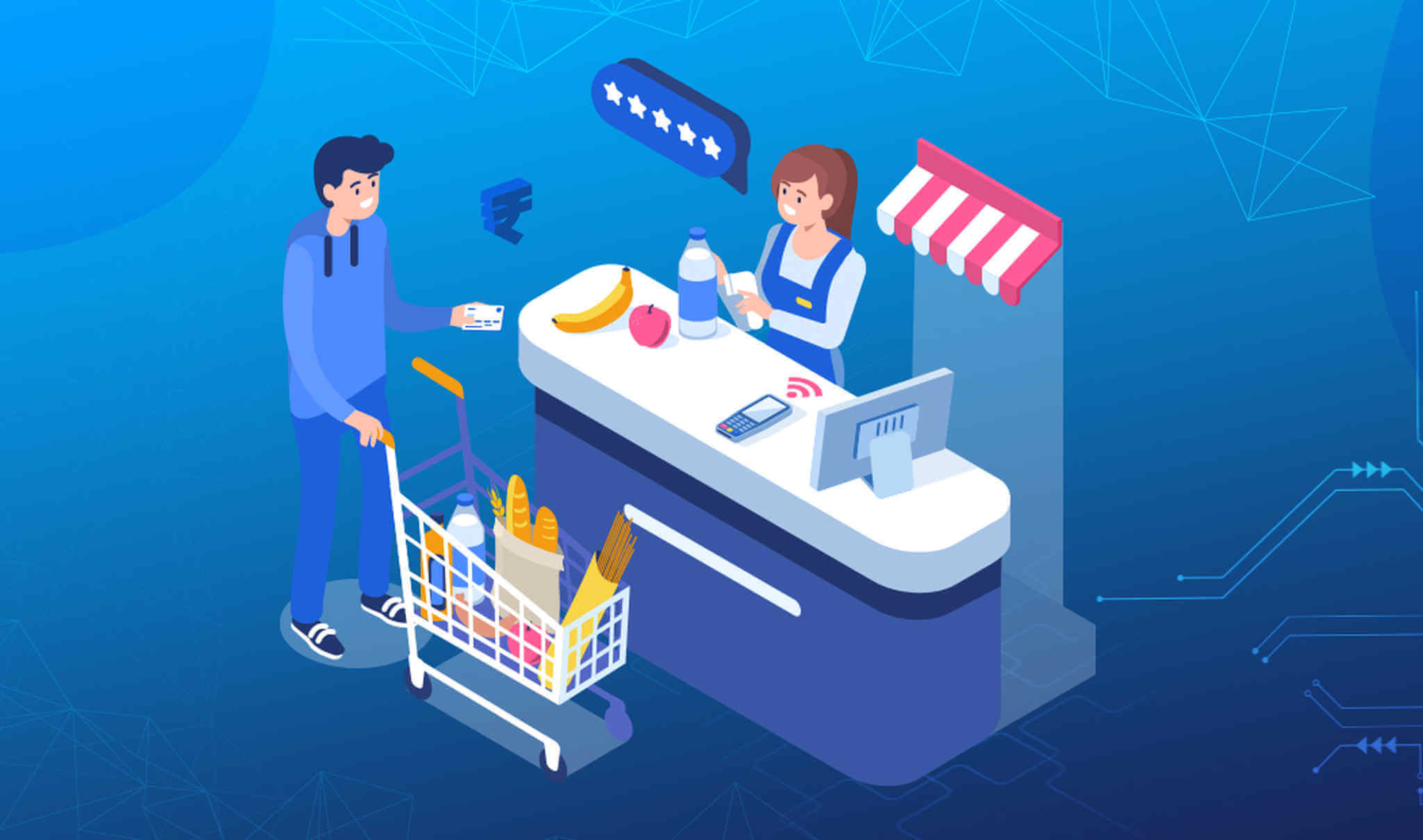
Chaitali Bhatia | Director – Marketing Ezetap Mobile Solutions Pvt. Ltd.
Read More

Chaitali Bhatia | Director – Marketing Ezetap Mobile Solutions Pvt. Ltd.
Read More
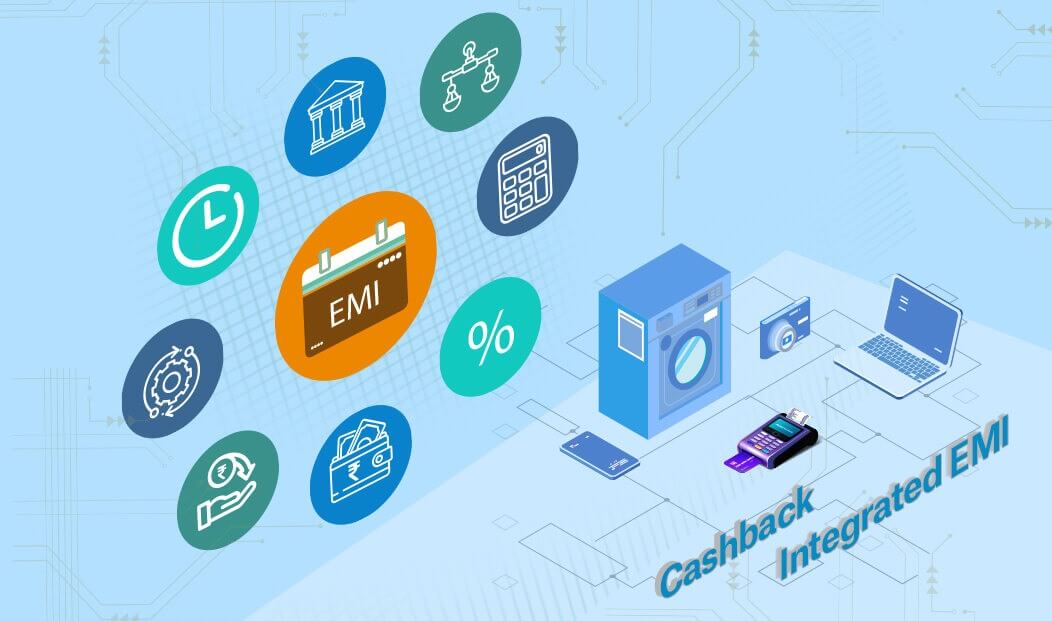
Kumar Mukul | Senior Manager - Product
Read More

Bhaskar Chatterjee | Head of Products
Read More

Chaitali Bhatia | Director – Marketing Ezetap Mobile Solutions Pvt. Ltd.
Read More

Chaitali Bhatia | Director – Marketing Ezetap Mobile Solutions Pvt. Ltd.
Read More
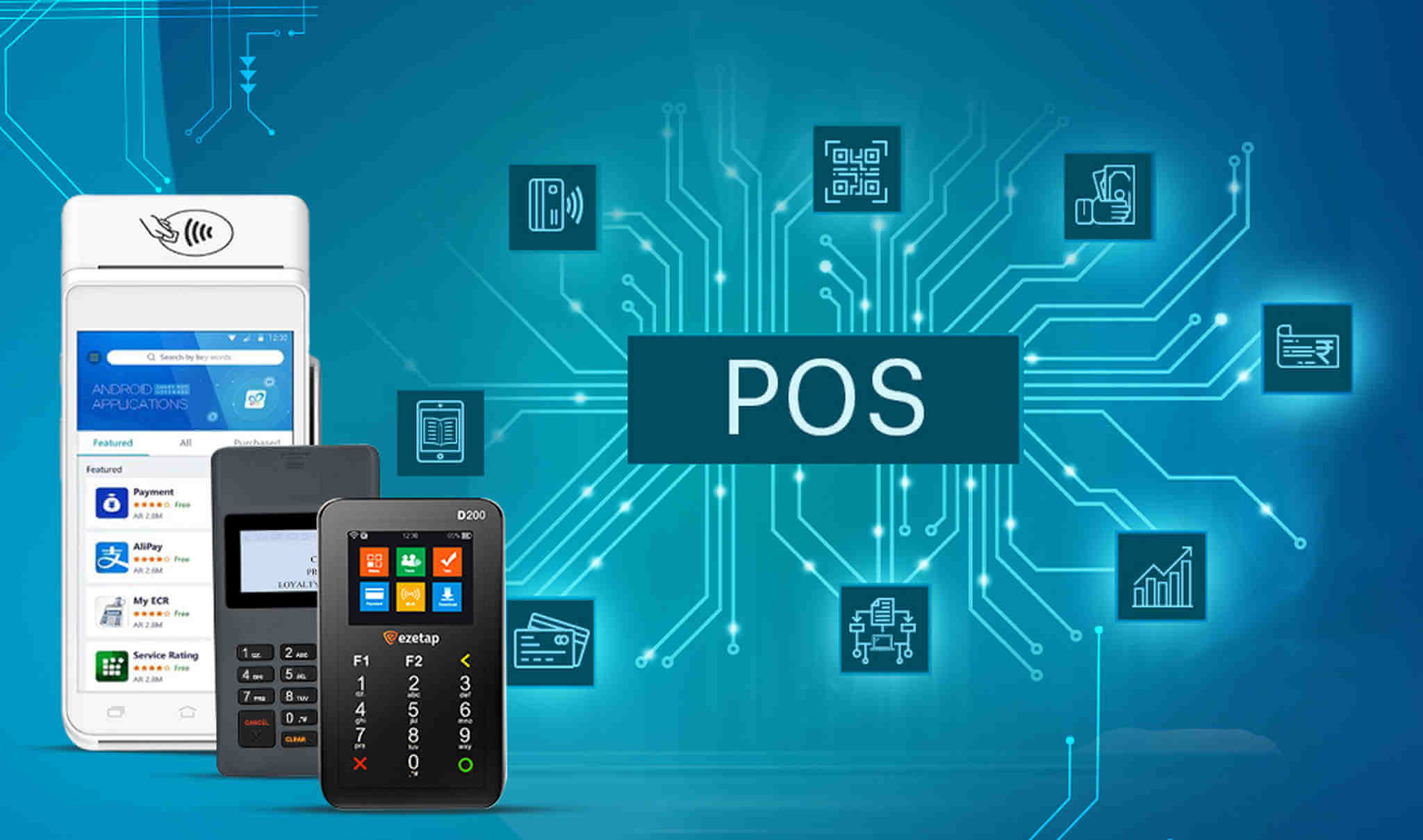
Chaitali Bhatia | Director – Marketing Ezetap Mobile Solutions Pvt. Ltd.
Read More
.jpg)